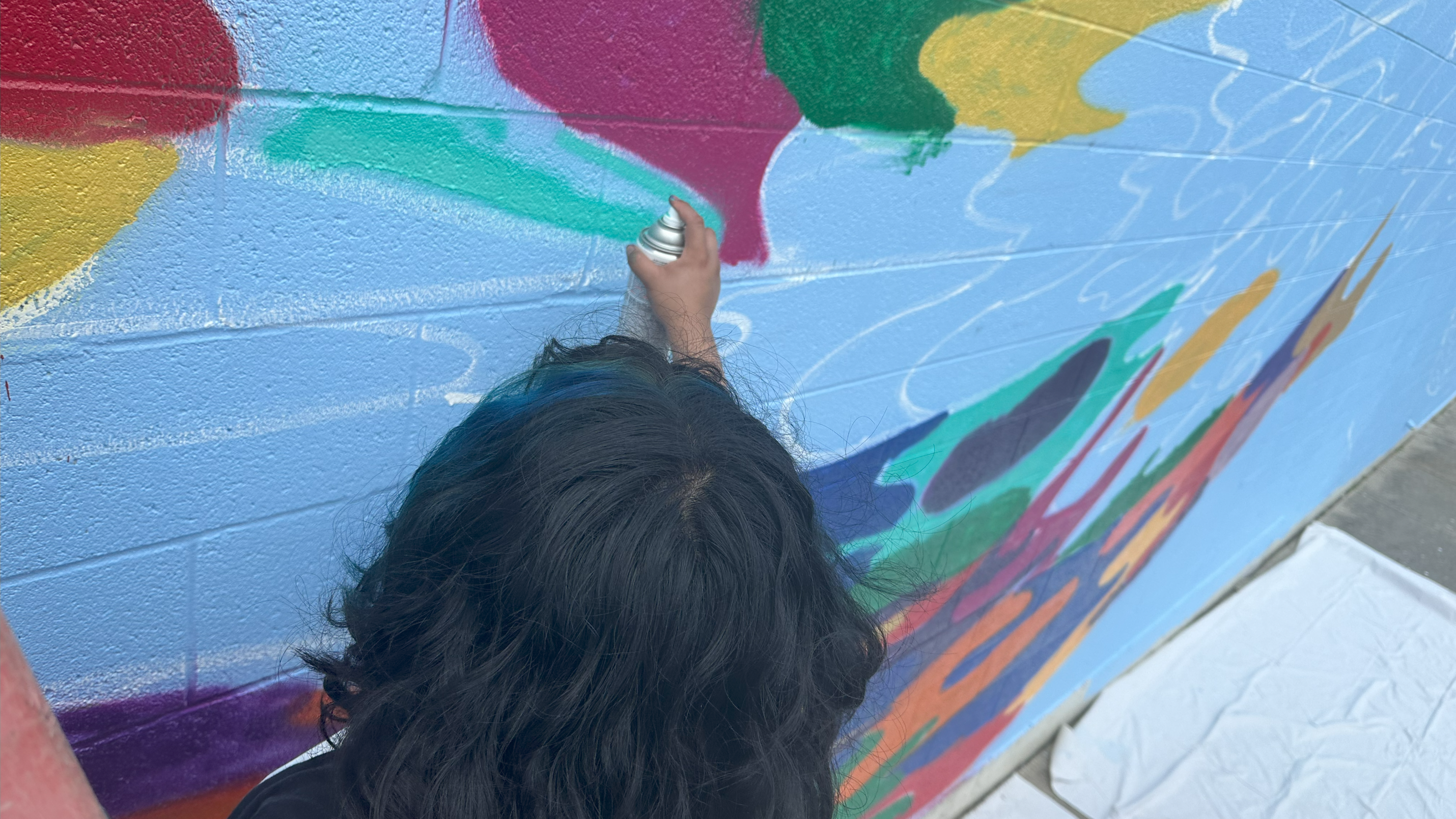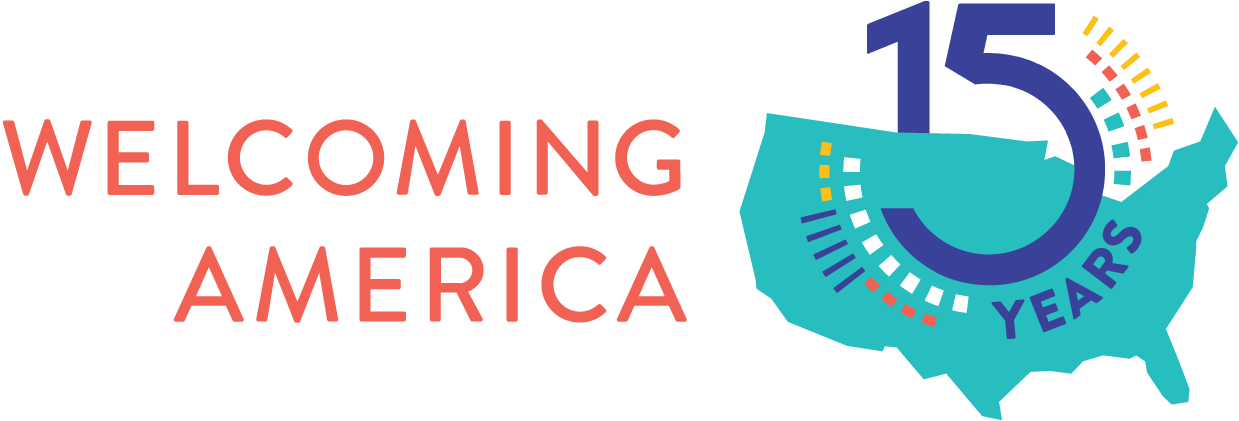
Moving from inclusion to belonging: Bridge-building success stories
Belonging is more than a feeling. Belonging means to be fully part of society at large: each of us has our well-being considered and we’re able to design and benefit from institutions and structures that affect our lives.
To achieve belonging, inclusion is a key step in the process. Inclusion is all about action. Individuals, groups, and systems can create opportunities for people to be acknowledged as they are, and therefore participate with their whole selves.
In 15 years of working with places striving to be more welcoming, Welcoming America knows that communities that intentionally bring people from all walks of life together reap the benefits — including safety, health, prosperity, and trust — of being a place where everyone belongs.
Since 2021, our Fund to Foster Belonging grantees have brought immigrants and non-immigrants in their communities together to build community-wide belonging. In 2023, we announced 12 new grantees. Each project aimed to bridge immigrant, refugee, and non-immigrant communities to work on a shared initiative.
The work of Fund to Foster Belonging participants goes to show that local efforts to build bridges between different groups — also known as intergroup bridging — are successful in creating connections and reducing loneliness, isolation, and broader social division.
What is intergroup bridging?
Intergroup bridging is a process in which groups of people come together across lines of difference to build connections and increase community cohesion.
Intergroup bridging comes from the idea of intergroup contact theory, which was described by social psychologist Dr. Gordon Allport.
To successfully build connections and reduce prejudice, bridging activities need to meet four conditions:
- Members of the different groups must have equal status.
- Participants from the different groups must share a common goal they wish to achieve.
- The different groups must agree to work together cooperatively without competition.
- There must be institutional support for the groups to come together, often coming from authority figures or group leaders.
Examples of successful bridging projects
Connecting immigrants, allies, and incarcerated communities
The Detention Visitation Project was co-designed by Home is Here NOLA to bring together individuals with an immigrant background alongside those who do not identify as immigrants to build belonging within abolition/anti-detention work in Louisiana. Participants visited incarcerated people in detention centers or wrote letters to build relationships of solidarity and support. Together, they learned how systems of immigration and incarceration are interconnected and impact everyone.
Highlights:
- Migrant community members took leadership roles in training and educating participants.
- 24% of participants were directly impacted by incarceration or had a family member who was incarcerated.
- As a result of participating, people reported that they felt welcomed, emotionally connected to the group, and had a greater sense of belonging.
- To build equal status among participants, communicate proactively, develop language access protocols, and provide compensation (stipends, transportation, etc.) whenever possible.
“I’m motivated to do this work [so I can] provide support to vulnerable asylum seekers and other migrants detained in immigrant detention centers [who are] facing deplorable conditions and isolation from the community.” — Tania W. (Project Participant)
Engaging immigrant and U.S.-born youth through art
Centro Multicultural La Familia launched a mural painting project that brought together Latinx youth and U.S.-born youth in Pontiac, Michigan. With the goal of creative expression and community beautification, young people of many backgrounds worked with two muralists to create a work of art that represented their lives, cultures, and languages.
Highlights:
- Using a large mural as the basis for connection allowed youth to work toward a common goal, some of them using art as a form of creative expression for the first time. It also attracted people from around the community to ask questions and engage with Centro Multicultural beyond the initial project.
- Project leaders wanted to ensure that the mural was truly informed by the vision of the 20 youth involved, so they frequently checked in on expectations, sought clarity, and built trust and relationships.
- Nuanced stories from the perspective of first-generation immigrants and the perspective of long-time residents emerged throughout the mural painting process.
“For youth to have autonomy in what they wanted to portray in the mural was a powerful statement. Many people have approached me with joy, saying that they want to see more of the youth voice in our city. Art is a way to show the community where we live that by joining forces we are stronger, as marginalized communities, we are showing that our impact matters and it can be seen, felt, and heard.” — Sonia Acosta, CEO of Centro Multicultural La Familia
How can I learn more?
Explore the national campaign, Belonging Begins With Us, to dive into more resources. Most recently, the Building Belonging series featured three webinars that explored the transformative potential of art, sports, and advocacy in building belonging between immigrants and U.S.-born residents. Learn more and watch.
Our Taste of Belonging Cookbook shares examples of intergroup bridging activities related to food and beyond.
Read more about successful bridging practices in Cultivating Contact: A Guide to Building Bridges and Meaningful Connections Between Groups.
Design a local bridge-building initiative or event with your community — Welcoming Week is a great way to begin.
Become a member of the Welcoming Network or partner with welcoming organizations in your area.
Follow Welcoming America on social media: LinkedIn, Facebook, Instagram, and X. Search for “#BelongingBeginsWithUs” on social media to see more recent Fund to Foster Belonging projects and learn how communities in the U.S. are using intergroup bridging to strengthen connections.

